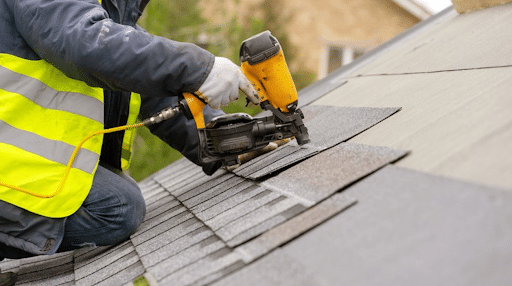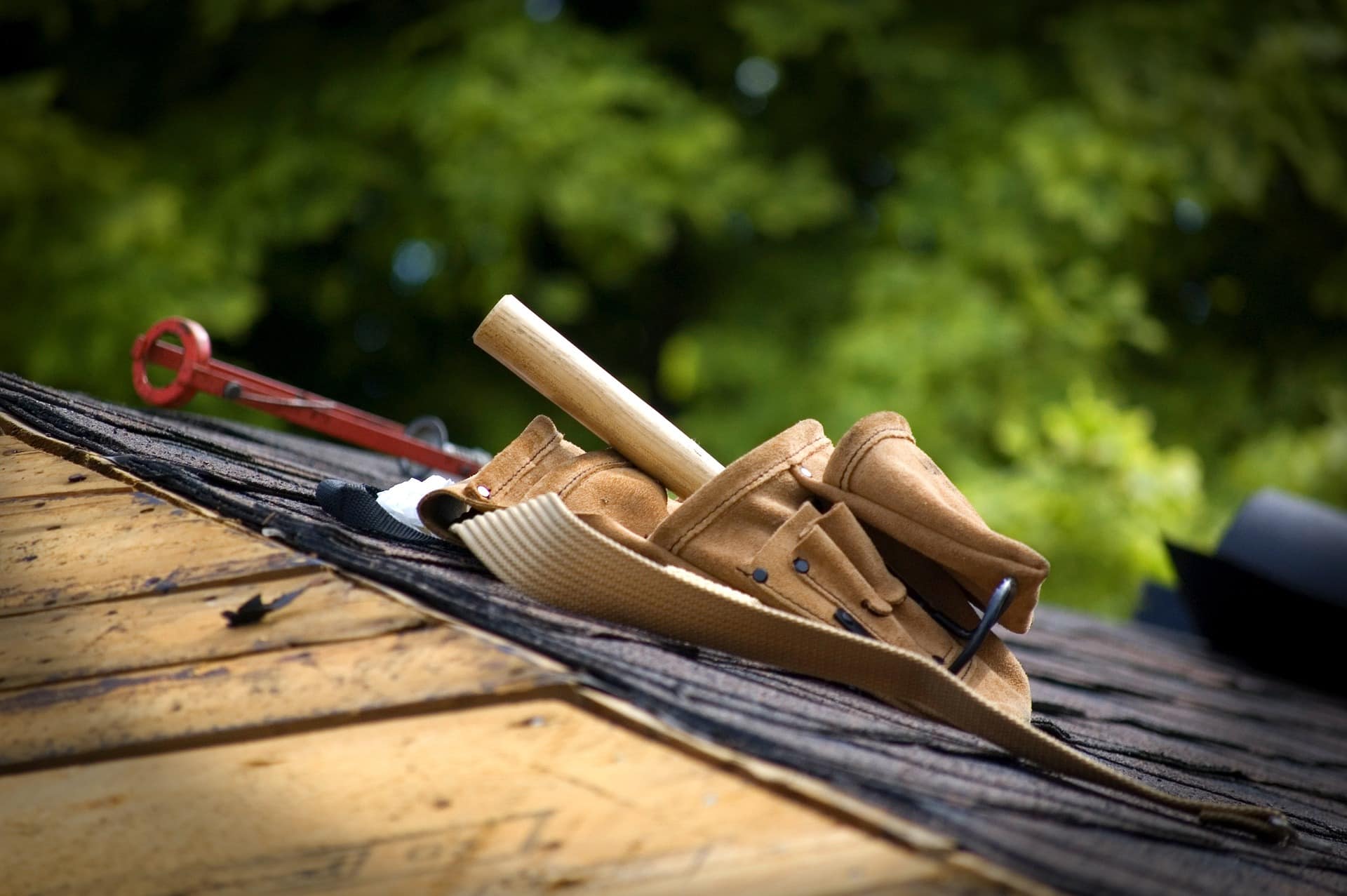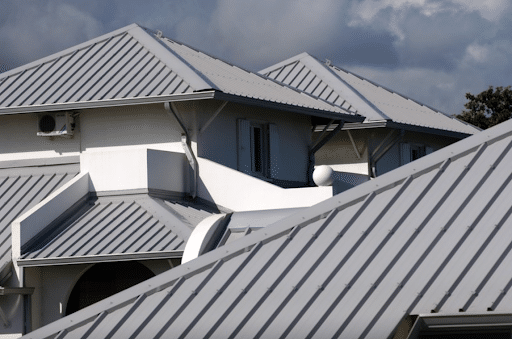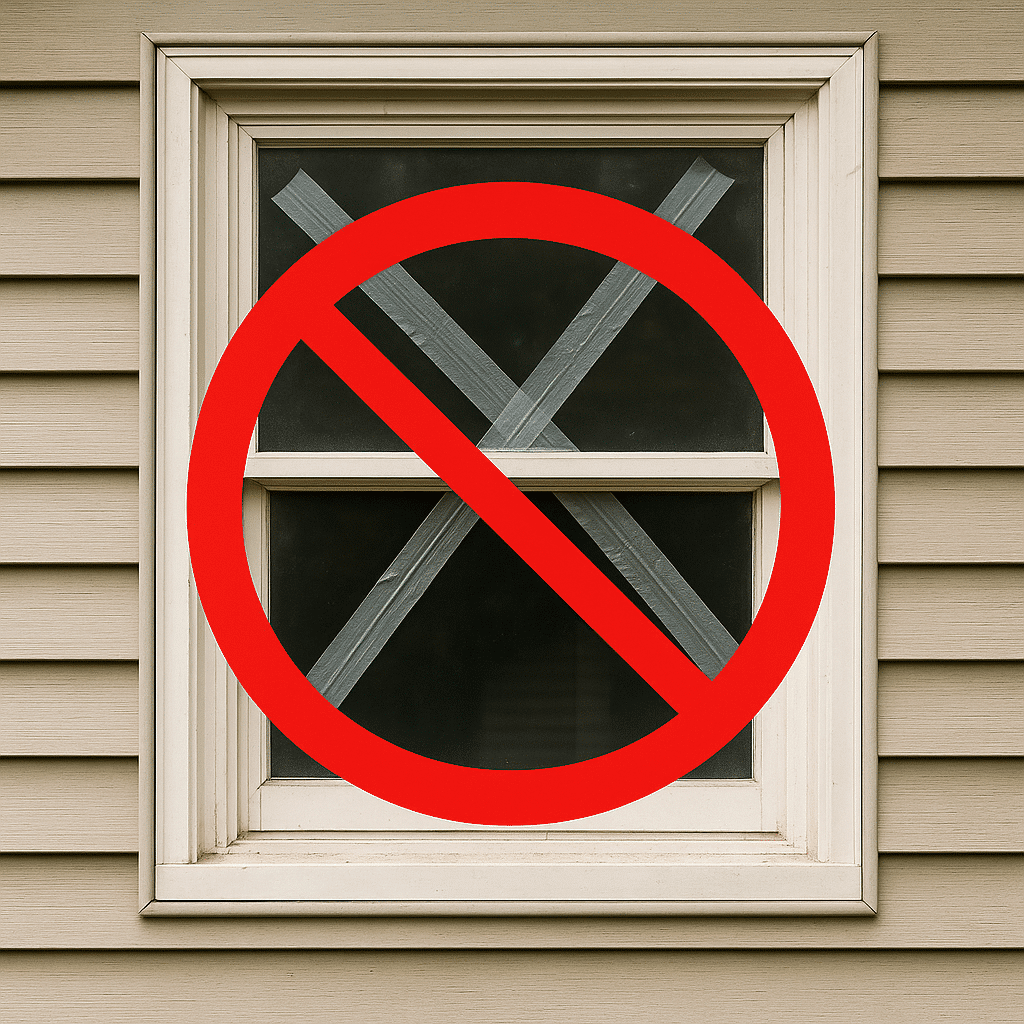
How much does roof replacement cost in 2025? The average roof replacement cost in the U.S. can vary widely depending on materials, labor, and location. While this may feel overwhelming, understanding what drives these costs can help you plan smarter and save money in the long run.
Roofing replacement is always an investment; knowing what to expect can make the process much easier. Our roofing company, FHIA Remodeling, has helped countless homeowners navigate roof replacements, delivering reasonable costs with exceptional quality. From materials and labor to local regulations, we’ll break down the factors that impact costs and share tips to save without cutting corners.
Let’s make sure you’re prepared to make confident, financially smart decisions for your home upgrade.
Factors That Affect Roof Replacement Cost
Several factors affect a state’s average roof replacement cost, including materials, size, complexity, location, and additional considerations.
Material
The choice of roofing material has one of the most significant impacts on cost. Here’s a breakdown of what most people use:
- Metal roofing: Long-lasting and energy-efficient.
- Slate tiles: Luxurious and durable.
- Wood shake: Attractive but high-maintenance.
- Clay tiles: Energy-efficient and fire-resistant.
- Asphalt shingles: Affordable, durable, and widely used.
Size (Square Foot)
Roof size directly impacts material and labor costs of roofing replacement. The costs further become varied if you consider a replacement for a single-story home and a two-story home.
Roof Complexity
If your roof has steep slopes or unique features like dormers or skylights, you’re looking at a more involved (and costly) replacement process. A top with multiple angles or levels requires specialized labor and safety equipment, adding to the time and expense.
For example, in many Florida homes, steep roofs are common to improve rain runoff, but they also demand more roof installation experts and additional materials. If your home has these features, expect to pay up to 20% more compared to a simpler design. It’s an investment in getting the job done right and safely.
State (Local Laws and Contractor Proposals)
Where you live can make a big difference in roof replacement costs. In Florida, strict building codes require roofs to handle hurricanes and high winds. Updates in the 7th Edition added tougher standards for underlayment and wind resistance, which means higher costs.
In Colorado, things are a bit different. There’s no statewide building code, so regulations vary by city. This often leads to higher costs. Local labor rates also make a difference; urban areas with higher living costs tend to charge more.
Time of Year and Urgency
Contractors are busiest in the summer and fall, which means higher prices and longer waits. Scheduling your project in the winter or early spring can help you save money and get faster service. However, if your top needs emergency repairs after a storm, costs can skyrocket due to the urgent demand and premium fees for quick service.
Additional Costs to Consider
- Permits and inspections: These are required in most areas and can cost between $120 and $500, ensuring your new roofing replacement meets local codes.
- Old roof removal: Tearing off the old roof can cost $1,000 to $1,500, especially if there are multiple layers.
- Structural repairs: Hidden issues, like wood rot or pest damage, can add anywhere from $1,000 to $10,000. These repairs are crucial for the long-term integrity of your roof and home.
Where Can You Save Money on Roof Replacement?
There are smart ways to reduce costs during roofing replacement without sacrificing quality. As we have mentioned, scheduling the work during off-peak seasons, like winter or early spring, can often lower labor costs because demand is lower.
Another cost-saving option is carefully selecting materials. While high-end choices like slate offer premium appeal, materials like asphalt shingles provide excellent durability and style at a much more affordable price. If your roof is structurally sound, layering a new roofing replacement over the old one can also save on the expenses of tear-off and disposal.
However, there are areas where cutting costs can lead to more problems than savings, and labor quality is one such area.
Choosing experienced, professional roofing contractors guarantees your roof is installed correctly, meeting local building codes, and providing long-lasting protection. Trying to save money by skimping on flashing and underlayment can result in leaks or structural damage, which are far more expensive to fix later.
Similarly, going with a service provider who offers a strong warranty is a worthwhile investment. It offers peace of mind by covering potential issues and ensures you’re not left paying out of pocket for repairs down the line.
What Roof Replacement Options are Available?
Roof Replacement vs. Roof Repair
Choosing between roof repair and replacement often depends on the severity of the damage. Roof repair is ideal for minor issues such as leaks, missing shingles, or isolated damage, with costs typically ranging from $360 to $1,550.
In contrast, a full roof replacement is necessary for extensive damage, aging roofs, or when upgrading to more durable materials.
DIY vs. Professional Roof Replacement
Some homeowners consider DIY roof replacement as a way to save money. While it offers potential savings on labor and allows control over the project timeline, the drawbacks can be significant. Safety risks are high without proper equipment, material warranties may be voided, and the process is both time-consuming and technically challenging.
How to Choose the Right Professionals for Roof Replacement
Selecting the right professionals for your roof replacement is critical to ensuring the project’s long-term success.
- Start by evaluating the experience and reputation of potential contractors. Look for companies with positive reviews and a history of delivering high-quality results.
- Next, confirm their certifications and licensing to ensure they meet state regulations and industry standards.
- Transparent pricing should be the bare minimum. Request a detailed quote that breaks down labor, materials, and any additional costs.
- Finally, prioritize contractors who offer comprehensive warranty coverage, as this reflects confidence in their work and provides you with added peace of mind.
FHIA Remodeling is a roofing company built on over 15 years of experience in Florida. When you choose FHIA, you’re working with professionals who prioritize safety, efficiency, and high-quality results, so you can feel confident that your house is in the best hands. Let us help protect and enhance your home with a roof replacement done right.
How Do I Estimate the Cost of a New Roof?
Trying to figure out how much a new roofing replacement will cost feels overwhelming, but with the right guide, it doesn’t have to be.
Start by considering the basics: the materials you want, the size and complexity of your roof, and local factors like labor rates or building codes. Using tools like online roof replacement cost estimators based on your location can give you a rough idea, but for a clear and accurate estimate, calling a professional contractor for help is key.
A specialist will take a close look at your roof’s unique features, from its pitch to any extra work like removing old materials or addressing structural issues. They’ll also factor in local costs to give you a realistic number.
Combining these expert insights with your research ensures you can plan confidently, balancing your budget with the durability and style you’re looking for. When you’re ready, a professional can walk you through the next steps and help turn your roofing plans into reality.
FAQ
How do I calculate roof replacement cost?
To calculate roof replacement costs, first measure your roof’s square footage. Multiply that by the cost per square foot of your chosen material (e.g., asphalt shingles, metal, or slate). Then, add labor costs, which typically range from 40-60% of the total cost. Don't forget to factor in any additional costs for tear-off, permits, or disposal fees. For an accurate estimate, it's best to consult a roofing contractor.
How often do roofs need to be replaced?
Asphalt shingles generally last 15 to 30 years and offer an affordable yet moderately durable solution. Metal roofs, with their robust construction, can endure for 40 to 70 years, making them a long-term investment. Slate and tile roofs boast an impressive lifespan of 50 to 100 years. They provide unparalleled longevity and a timeless aesthetic appeal.
70% off Installation
18 months no interest no payments








